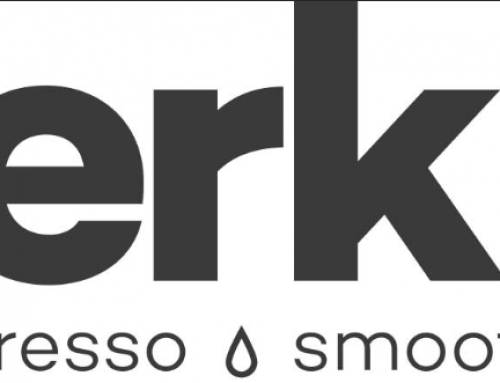A recent Forbes article suggested that the US economy ‘is finally rebounding after two years of pandemic turmoil’.
That’s sloppy journalism.
If anything, the rebound was about eight months ago. Inflation soaring and even set to rise to double figures isn’t a sign of a rebound; it’s a sign that things are going to get worse before they get better. Maybe it should read, ‘after two years of pandemic turmoil, we’re about to head into a recession.’
As if things aren’t bad enough. We might have been edging towards better times after COVID-19 but the war in Ukraine has badly impacted the global economy by slowing growth and weakening supply chains. Vulnerabilities as a result of dependencies on Russian supply have caused petrol and diesel prices to skyrocket, while even a trip to buy basic groceries seems is a bank balance-threatening affair these days. And let’s not get started on the housing market.
These are not telltale signs of a rebounding economy, rather of a tipping point, and raising of interest rates by the US Federal Reserve in the last couple of days only serves to highlight that the economy is slowing.
But, let’s not lose sight of the main focus of the article which covers the Biden administration’s latest move to advance clean energy technologies in the US market. His three-pronged approach, detailed here, is all very well, but it raises a question of how the workforce will cope with the additional manufacturing needs, when Forbes also highlights the vulnerability of US manufacturing.
The sector has lost almost two in five jobs since the 1990s. This has paved the way for a rapid scaling in clean energy technologies, but is the cost of 7.5million jobs worth it?
In the cleantech space, manufacturing continues across the States, mostly by start-ups who are doing either all or a portion of their manufacturing on site, whether it be on a range of existing technologies (automotive, charging, solar, etc) or prototyping.
This is a complicated road and, as we’ve seen countless times before across the history of industry a good deal of mobility is needed in making the changes necessary to adapt to the world’s needs; in this case, combatting climate change.
In short, the workforce doesn’t know what it’s doing. But, with sufficient investment, it could.
President Biden’s is doing his best, but it remains to be seen whether the three areas that he has highlighted are the best focal points.
Progress will inevitably be made, but the question is whether it’s enough progress. The world has set out some pretty stringent net zero targets and the latest estimates are that up to 100 million jobs will need to be filled to achieve these. So, Biden’s recent actions will only ‘accelerate clean energy deployment and expand the domestic clean energy supply chain’, if the workforce comes on board.
As the government commits its millions, some of this money going to subsidizing education would ease the strain that companies are feeling in having to train and upskill their staff and set a precedent for organisations to be more willing to look at talent in ancillary industries. Companies have a responsibility too; it’s only through investment in training that we’ll see the necessary results, yet there remains a reticence to adapt because of the costs.
So, who should act? Is it a case of ‘chicken and egg’? No, both sides need to act now for there to be a real impact on the world we live in.


